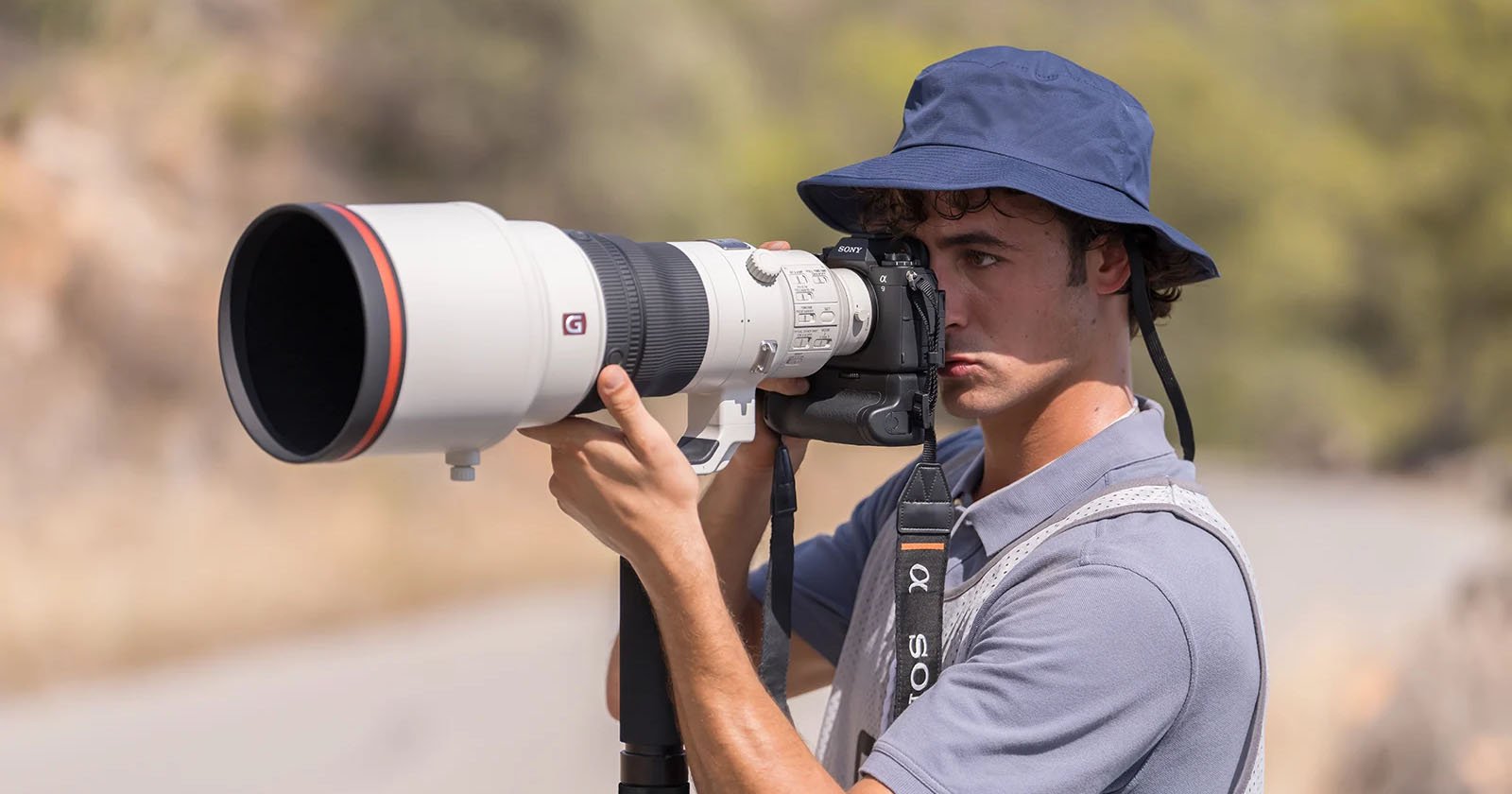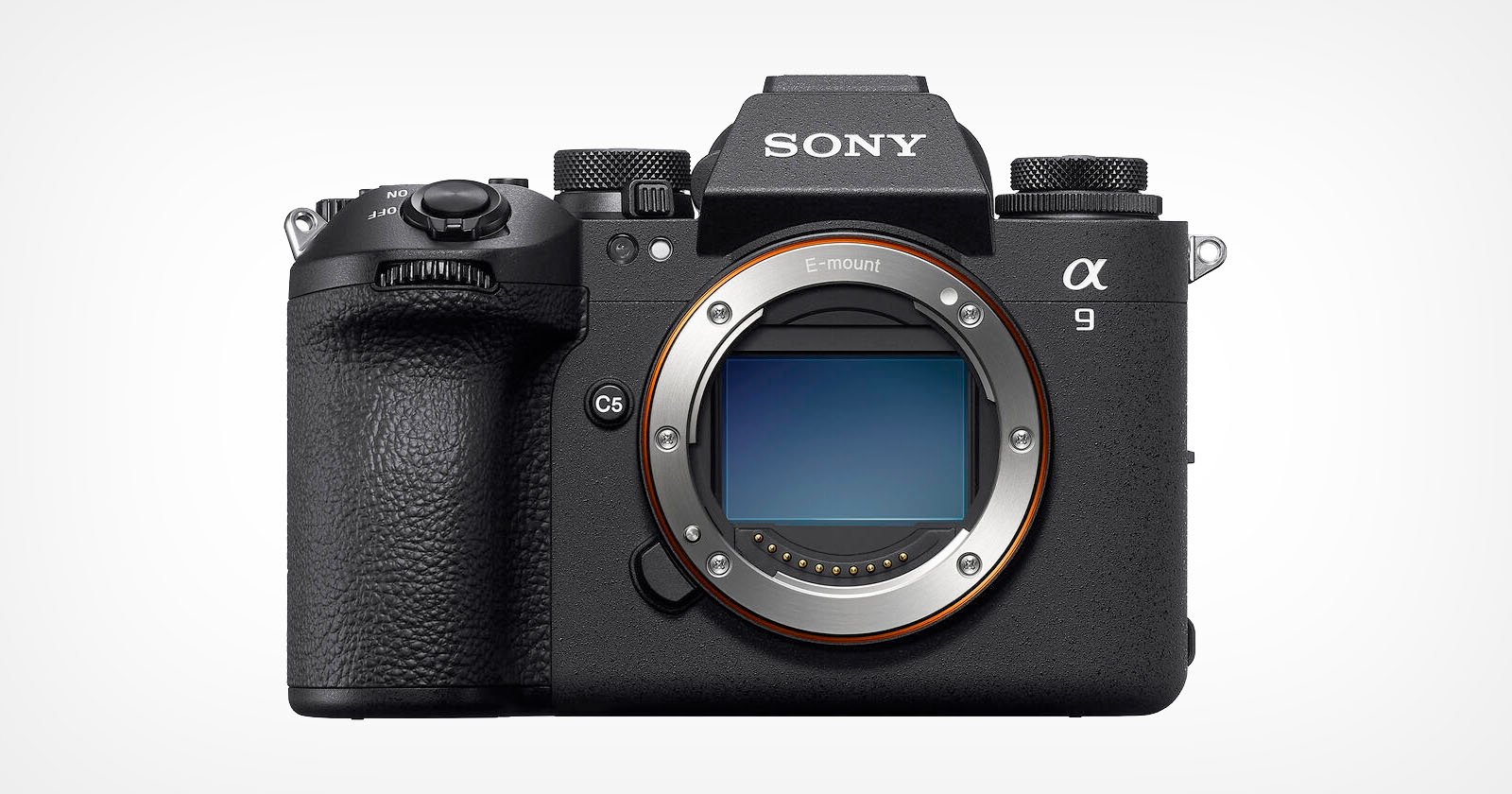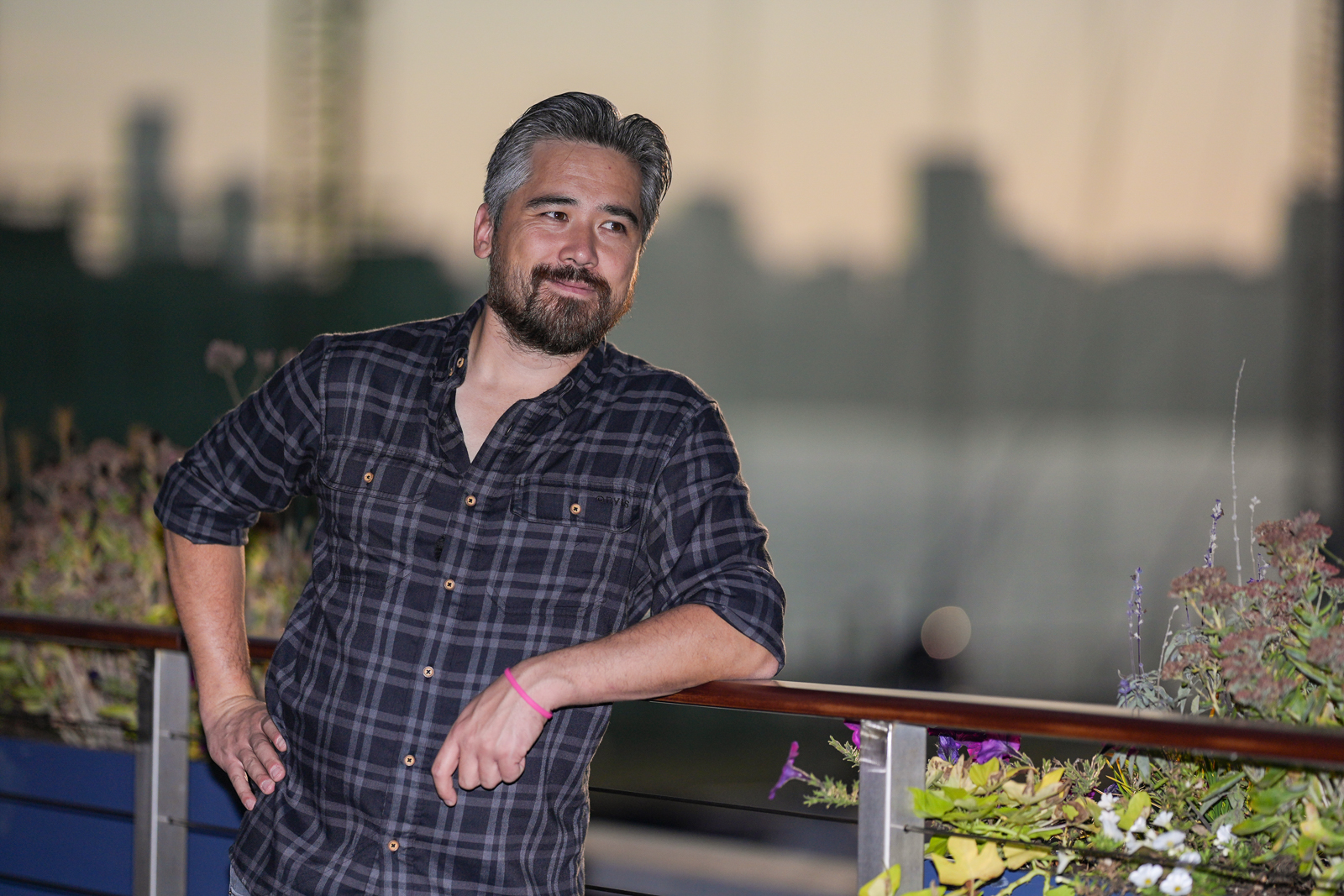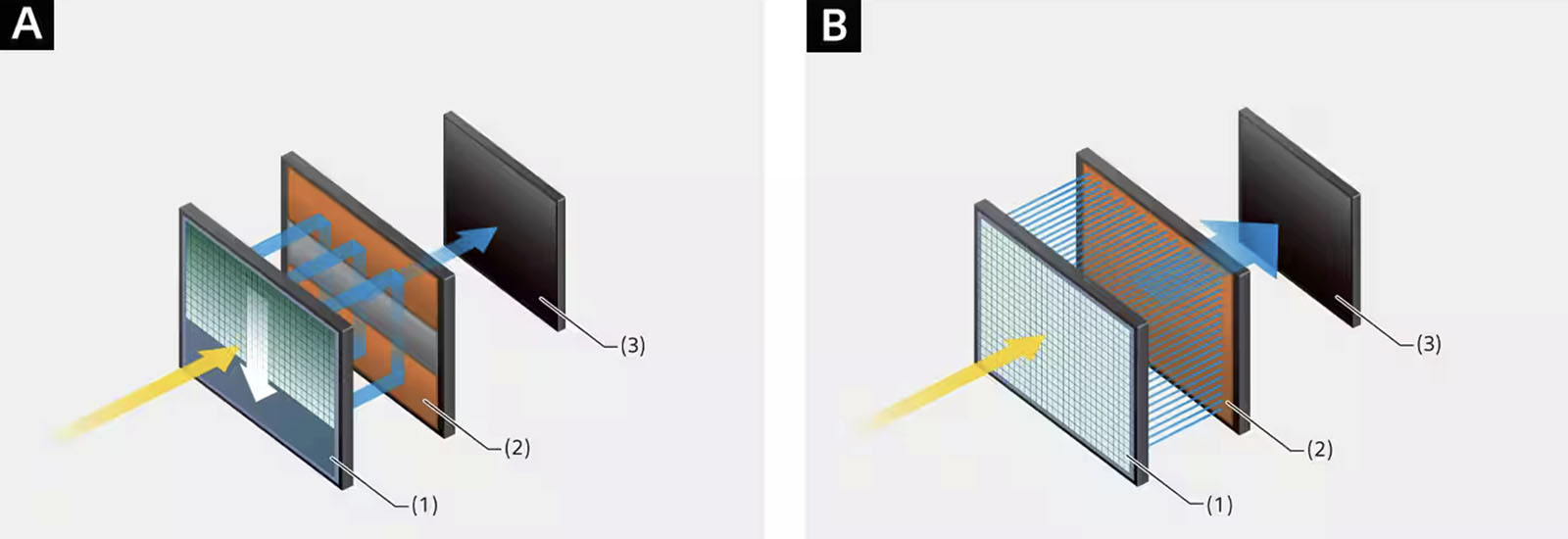The Sony a9 III’s Base ISO Reflects the Cost of a Global Shutter

The Sony a9 III is still months away from release but has already sent photographers into a frenzy. The positive buzz around the camera is as high as any camera reveal ever, and with good reason. The a9 III’s global shutter system is a complete game-changer for a wide range of photographers and videographers and will enable shots that have long been impossible.
But even after some very positive hands-on time with the camera, some unanswered questions remain, especially concerning RAW image quality. While extensive testing must wait until PetaPixel receives production versions of the a9 III, there are still a few things worth considering, especially in light of a new video made by Sony Artisan of Imagery and all-around great photographer Miguel Quiles.
In Quiles’ new video, he focuses on the a9 III’s base ISO of 250, a specification that has been a bit of a fly in the ointment for some photographers. Quiles says he has seen some people online latching onto the a9 III’s relatively high base ISO and using that to discredit the a9 III entirely.
People who see ISO 250 and immediately toss the a9 III into the discard pile may be wrong to do so. For photographers for whom the a9 III’s many incredible features will prove essential, the base ISO of 250 should do little to dissuade them or temper their enthusiasm.
That doesn’t mean that the a9 III is the best tool for every photographer, though, including people who need the best dynamic range, color rendering, and resolution. The camera’s base ISO of 250 is undoubtedly related to how the camera will perform across those image quality metrics.
From the perspective that Quiles thinks that the a9 III is so much more than its base ISO, he is entirely correct. Every camera is almost always more than a single specification for real-world use cases. But the general argument of the video that pushes back against the idea that anyone would “need the native ISO settings to be less than 250” misses the mark.

The more interesting conversation around the a9 III’s ISO has little to do with “need.” Quiles considers shooting a long-exposure photo, for example, where achieving the appropriate shutter speed may require ISO 64 or 100 instead of ISO 250. As he rightly points out, photographers can use a neutral density filter.
And what about a photographer who shoots in very bright light with a fast lens? While one way to resolve this issue is by lowering ISO, another way to deal with it is by using a faster shutter speed. At launch, the a9 III will be able to shoot at 1/16,000s with every lens and up to 1/80,000s with f/1.8 and slower lenses. Videographers who do not want to jack up the shutter speed will likely need stronger ND filters than they would have on a camera with a base ISO of 100, but I digress.
That is all well and good, and Quiles is right to point out these solutions and workarounds to the a9 III’s relatively high base ISO when capturing photos. These are essential real-world considerations, and the Sony-sponsored photographer has hit the nail on the head.
![]()
Why ISO 250?
However — and this is a hefty “however” — the a9 III’s base ISO is not 250 for no reason, and the reasons why it’s 250 give me pause. Sony’s general quietness surrounding dynamic range and image quality, both during the initial a9 III reveal and the accompanying event, also makes me uneasy about certain things.
Let’s dive into the a9 III’s global shutter system. As a quick refresher, a global shutter means that unlike “typical” cameras, which sport a progressive shutter system that captures a scene line-by-line, all 24.6 million pixels on the a9 III’s entire image sensor are simultaneously captured (exposed).
The benefits of this are many-fold. The a9 III can shoot at any shutter speed without any rolling shutter distortion. No matter how fast the action, the a9 III can capture it without warped lines and distortion. There may still be a blur, but that will be from real-world motion, not a defect of image sensor technology.
The a9 III can sync compatible flashes, such as Sony’s F46RM and F60RM2 at any shutter speed. Yes, any, including 1/80,000s as PetaPixel’s Chris Niccolls demonstrated with his modeling prowess below.

These benefits do not exclusively apply to stills photography, either. Videographers will likely be thrilled by the a9 III’s global shutter system. Similar technology has been employed in costly cinema-oriented cameras, and the a9 III offers more versatility than competing video cameras at a much more reasonable price.

The Potential Costs of a Global Shutter
So what’s the catch? ISO 250 is not only something that someone can deal with by using ND filters or shooting at a faster shutter speed but also something that reflects a challenge inherent to global shutter design and partially why it hasn’t taken so long to get to this point.
The a9 III is the first full-frame mirrorless camera to sport a global shutter system for numerous important reasons. It is the first camera of its type across the line because it is exceptionally difficult to deliver a global shutter camera with the processing power and imaging performance necessary to satisfy the needs of its target audience.
Among the most significant challenges to a global shutter system is the additional circuitry required to make it work. Instantaneous readout across the image sensor is only possible because of more electronics, and more “stuff” takes up more space. The more room in a sensor stack dedicated to circuitry, the less room there is for each pixel to absorb photons, also known as full-well capacity.
At the risk of oversimplification, the less space a sensor has for absorbing light, the more quickly the sensor becomes saturated. All else equal, the quicker a sensor becomes saturated, the less its dynamic range. Narrow dynamic range has been a thorn in the side of existing global shutter CMOS image sensors.

“The a9 III features the world’s first full-frame stacked 24.6 MP CMOS image sensor with a global shutter system. Unlike a rolling shutter sensor that records images sequentially from the top row of pixels to the bottom, the newly-developed Exmor RS™ image sensor exposes and reads all pixels simultaneously so the camera can capture fast-moving subjects with absolutely no distortion. Combined with a maximum shutter speed of 1/80000 second (1/16000 second during continuous shooting), the a9 III is a game changer for professional photography,” says Sony. | Credit: Sony
The camera’s base ISO of 250 is in and of itself evidence that the a9 III may fall victim to some of these problems and is not entirely exempt from the issues that have mired prior global shutter sensors. Given that the a9 III’s base ISO is 250, this suggests that its full well capacity is relatively reduced, meaning that the camera can store less electrical charge during exposure.
That said, Sony has attempted to reduce the impact of the a9 III’s required circuitry by implementing a stacked CMOS design. This undoubtedly opens up more space for the photodiodes, but there is no way that the increased circuit complexity has come at no cost to dynamic range.
The a9 III’s increased base ISO strongly suggests that the image sensor saturates after receiving less light than the a9 II, which has a base ISO of 100. While it will be exciting to properly test the a9 III’s image quality across its relatively narrower ISO range and see what sort of dynamic range the camera can produce, the smart money is on “worse than the a9 II at base ISO” and “similar to the a9 II at ISO 250.”
For reference, the excellent Photons to Photos shows that the a9 II delivers 10.9 stops of dynamic range at its base ISO of 100 and 9.85 stops at ISO 250. While future testing will tell the whole story, nobody should be surprised if the a9 III performs about the same as the a9 II at ISO 250, which means that the increased base ISO will bring with it a decreased maximum dynamic range. By the way, extended ISO settings will not improve dynamic range performance — they never do.
The a9 III’s base ISO is not due to Sony simply deciding that the camera’s faster shutter speed means that the base ISO should be higher. ISO 250 was not selected to cater to a specific target audience. ISO 250 is a consequence of the transition from a progressive-scan sensor to a global shutter sensor, and at least in the case of the a9 III, it is nearly guaranteed to bring worse image quality at base ISO, which means a reduction in maximum image quality.
This hurdle will probably be cleared with continued global shutter system technology advancements. Still, the a9 III will not be the camera to negate a global shutter’s cost completely.
It is also worth noting that a reduced full well capacity, which limits the maximum signal of an image sensor, will have an adverse effect on the signal-to-noise ratio, suggesting that on top of a narrower dynamic range at base ISO, the a9 III may also have more noise throughout its ISO range than a camera like the a9 II. This is something else that PetaPixel will test extensively.
![]()
Balancing Image Quality Against Other Performance
However, this should not be seen as an outright dismissal of the a9 III’s value, importance, and prospective utility for many photographers. The a9 III is a game changer, partly because of its global shutter technology.
The a9 III has more outstanding features than you can shake a stick at, including the complete eradication of rolling shutter and remarkably versatile shooting with flash. The a9 III also shoots at 120 frames per second with compatible lenses, has high-end video features, delivers nearly flawless autofocus performance, and sports Sony’s best-ever Alpha series camera design.
For many photographers, especially action and sports shooters, the a9 III will not merely be an exciting upgrade. It will be a revolution. Shooting at a faster shutter speed to compensate for the higher base ISO is rarely a problem for someone doing high-speed photography.
It is worth pointing out that the pros of a global shutter line up very well with the needs of the a9 III’s target audience — sports photographers. The good aspects of a global shutter are right in the wheelhouse for shooting sports, and the a9 III will pair masterfully with Sony’s new 300mm f/2.8 G Master lens. The benefits of the a9 III for these photographers are immediately evident.
For someone who prioritizes speed over resolution, dynamic range, and overall image quality — like someone who uses an a9 II and not an a1 — the a9 III offers (almost) everything the a9 II did well and so much more.
That said, if testing goes as expected, the same technology that enables many of those splendid features also brings with it some downsides that will render the a9 III an imperfect selection for certain other photographers, including those who demand the best possible dynamic range and Sony’s best overall image quality, a crown that the Sony a7R V won’t relinquish to a global shutter sensor anytime soon.
In any event, I am incredibly excited to spend more time with the Sony a9 III because it is a groundbreaking camera and the first step on a journey that will ultimately change photography forever. And perhaps the a9 III will excel in unexpected ways, including concerning image quality. I would love to be pleasantly surprised.